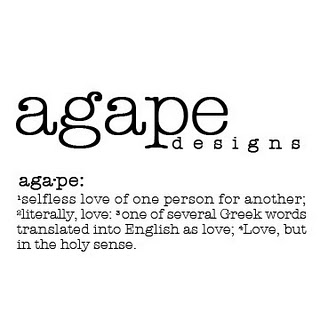

In many of his sermons King spoke of agape as a way to explain the use of nonviolence in race relations. In his discussion on love, King used language very similar to Fosdick’s 1946 sermon “ On Being Fit to Live With. Harry Emerson Fosdick also influenced King’s thinking on agape. In his dissertation, King argued that only a person can express love and used this rationale as justification for personalism, the belief in a personal God, one to whom people could relate. He drew on Tillich in his dissertation, claiming, “ The basic and only adequate symbol for God’s love is agape” ( Papers 2:441 ). In his paper “ Contemporary Continental Theology,” King quoted Nygren’s 1932 book Agape and Eros in characterizing agape as a “ spontaneous and uncaused” kind of love that is “ indifferent to human merit” ( Papers 2:127 ). In papers written during his graduate studies at Crozer Theological Seminary and Boston University, King credited theologians Anders Nygren and Paul Tillich with helping to inform his definition of agape. King explored agape in many of his sermons in order to help illuminate the concept of Christian love. In his December 1957 sermon, The Christian Way of Life in Human Relations, delivered before the General Assembly of the National Council of the Churches of Christ in America (NCC), King referred to three different types of love: eros, romantic love philia, the reciprocal affection between friends and agape, the highest form of love.

It is the love of God operating in the human heart” ( Papers 6:325 ) He defined agape as “ purely spontaneous, unmotivated, groundless, and creative. For Martin Luther King, the concept of agape stood at the center of both his spiritual belief in a knowable God and his assertion that love and nonviolence were essential to remedying America’s race problems.


 0 kommentar(er)
0 kommentar(er)
